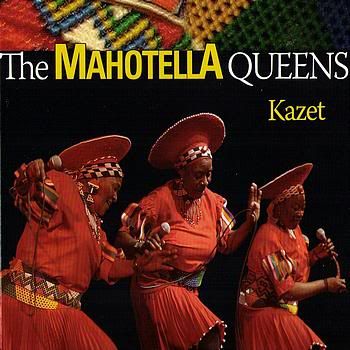
This disc will come as somewhat of a culture shock to those who, like myself, have only previously encountered Theodorakis, Zorba's Dance aside, in his rather overblown Ode to Zeus, on John Williams' (the film composer) 1996 Olympic disc, nestling alongside (and completely outshone by!) Michael Torke's glorious Javelin, and in miniatures championed by the likes of John Williams (the Australian guitarist) and Sharon Isbin.
In complete contrast, Sadduzäer-Passion is a complex allegorical work, based ostensibly on the history of the ancient Jewish sect but written as an elegy to the Greek political left, in which Theodorakis was heavily involved (and subsequently jailed for) around the time of the "Colonels’ Coup". It is also sung in German (no translations included) though based on the words of his friend Michalis Katsaros.
Anyway, what about the music, you are probably asking. If it is a masterpiece, and at least two of its seven sections at least approximate to that description, then it is probably a flawed one, as is the performance, if only by the nature of it being a live take, pops, clicks and all (it has been digitally remastered however). One of the main reservations, and one that would strike the casual or uncommitted listener immediately, is the (excessively?) forceful delivery of the speaker whose recitation has unnerving echoes, given the language, of the Nuremberg rallies (maybe this was what Theodorakis intended, given the subject matter). Still, the music is, without exception, interesting and often very moving, and reminds me, variously, of Wagner (unsurprisingly), Lili Boulanger, Koechlin (Law of the Jungle), Berg, the Ropartz of St. Nicolas and the Martinů of The Epic of Gilgamesh (even, in places, of Messiaen or the recent work of someone like Haukur Tomasson). Despite this the piece holds together very well as a whole and I am probably doing Theodorakis a disservice by implying that it is so polystylistic, because it actually isn't!
The first section, Form meines Ego (Form of my Ego), is upbeat and fairly light in mood, lulling you into a sense of false security, quickly dispersed by the almost Bergian angst of the first part of the second movement Blinde Zeit (Blind Time). The heart of the piece is, at least to my mind, located in the fifth and sixth sections (Im Toten Wald and Blonder Jüngling), where Theodorakis's Greek roots are displayed to their full in some wonderfully potent, archaic modality (the only direct parallels I can recollect are in some of the movements of John Foulds' brilliant Hellas suite and, maybe, in something like Pour les Funérailles d'un Soldat by the aforementioned Lili Boulanger). The finale starts off promisingly and, despite a long (overlong?) section with the speaker to the fore, ends with a remarkably powerful climax, a transfiguration of the insistent percussive and vocal rhythms of the germinative first movement into something more sinister, "a warning for the future" as the highly informative booklet notes would have it.
This score continues to fascinate me and I would recommend anyone at all interested in twentieth century music to hear it at least once. The recording is not flawless but the intensity of feeling, conveyed across 19 years, via CD, from this performance, remains undiminished. As much as I love the English pastoral and American "outdoor" traditions, a work like this demands to be heard and, in my case, reheard, irrespective of its independence from those or any other obvious idioms.
Neil Horner,
www.musicweb-international.com
This album was recorded at Metropol-Theater, Berlin, 23rd February 1983 (during the 9th Musik-Biennale Berlin, with the Rundfunkchoir Berlin, the Berliner-Sinfonie-Orchestre, conducted by Hans-Peter Frank.
Mikis Theodorakis - Sadduzäer-Passion - Passion of the Sadduccees (1982)
(256 kbps, cover art included)
































